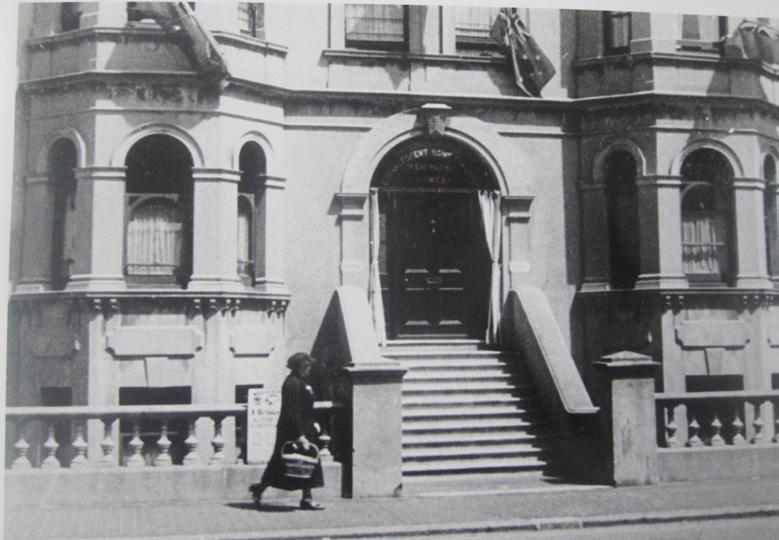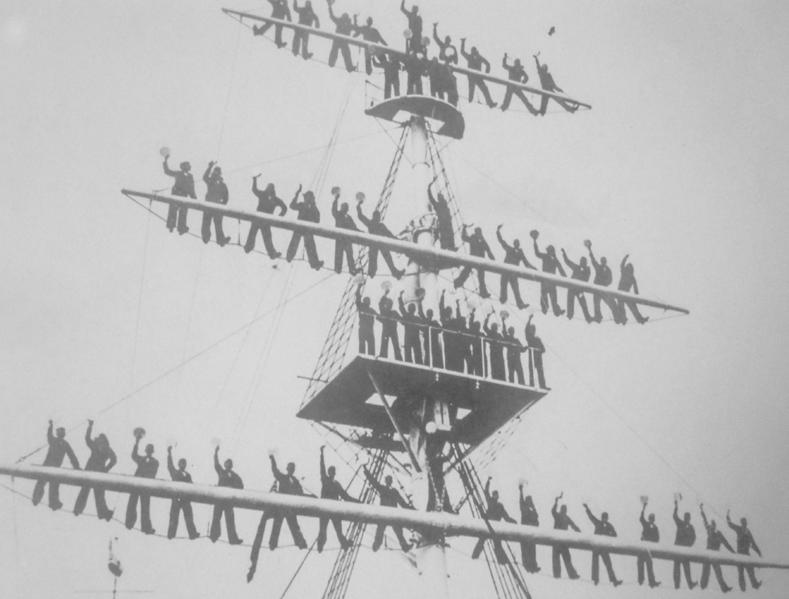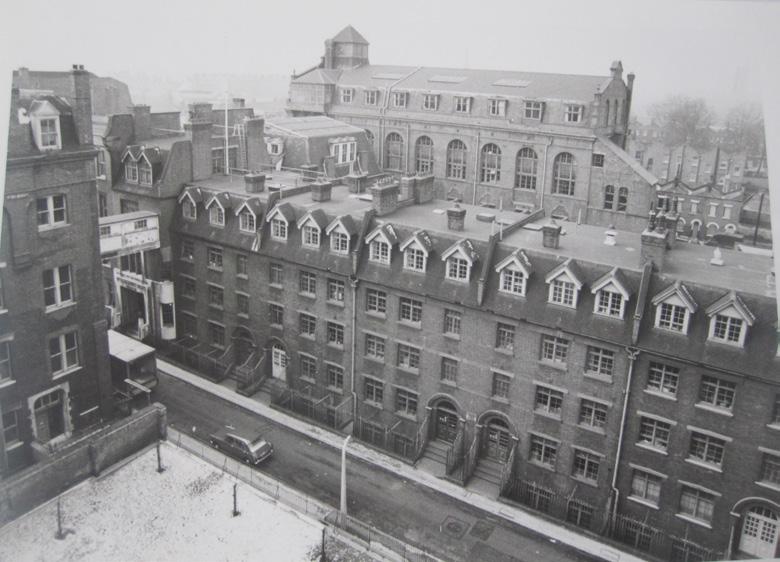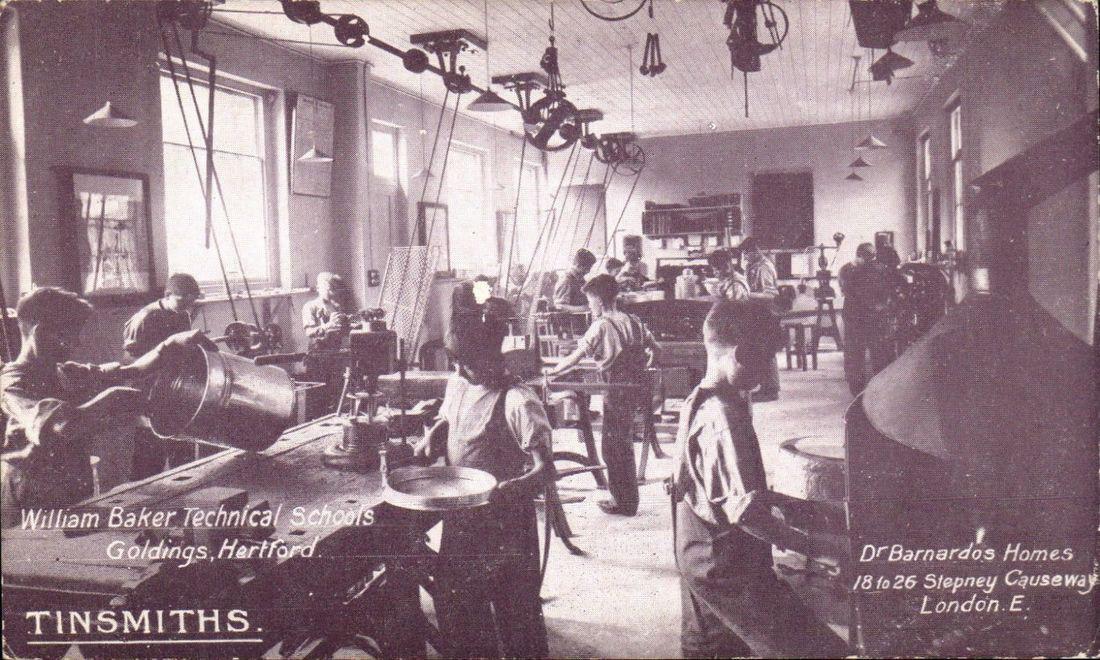
7 minute read
A Barnardo’s boy’s story
A Barnardo’s boy’s story By John Denyer
I INTERVIEWED Richard Avery with the intent to hear and write about his memories of active service in the Korean War. However, I discovered that the story of the first 17 years of his life was so challenging, so difficult, that with his kind permission, I have tried to describe it here. I suspect many people of a younger generation would find it hard to image how difficult life could be in the mid 1930s in Cornwall, and across the UK, especially for orphans or those who for whatever reason were reliant on charitable organisations.
Advertisement
Richard Avery, who lives in Ashleigh Way, was born in Mevagissey in January 1932, the youngest of seven children. He had a start to life that would be hard to comprehend for many of us when, in 1934, his mother Irene died of cancer aged just 35. If that wasn’t tragic enough, the following year his father Richard Henry died aged 46 from ‘exhaustion and ulcerative colitis’, leaving all seven children orphaned.
One can only imagine how hard it would have been for Richard’s father, first to lose his young wife, then trying to support seven children alone. This was a long time before a welfare system, as we now know it, was established in the UK.

In February 1935, following the death of his father, three-year-old Richard and four sisters were taken into temporary shelter, the Dr Barnardo’s ‘Ever Open Door’, known as Welby in Plymouth. The eldest two siblings, Henry (20) and Eva (18) were already working so didn’t go into the care system.
Life was always tough as a 'Barnardo's boy or girl’ but even more so during the global depression of the 1930s and in the run up to and during the Second World War.
Over the next decade, Richard lived in multiple children's homes from Plymouth to Norfolk, including a military school and one period with a foster family. Initially, all contact with his eldest siblings and the extended family was lost and not regained for many months or years.

Image: Richard aged four years, with his sisters Kathleen, Rene, Ethel, and Mary and eldest Sister Eva, who was 19 and visiting.
After six months, Richard and four sisters were sent to the 'Girls Village Home' in Barkingside, East London. Six months after that due to ill health he was sent to Syndal Convalescent Home for Girls at Hove, West Sussex. Over the next two years, Richard rotated another three times between the Girls Village Home in Barkingside and the Convalescent Home in Hove. It's unclear why he was kept in girls' homes throughout this period, other than perhaps to have some contact with those sisters also in care.

Richard aged six at Barnardo’s Girls Village Home

Syndal, Dr Barnardo’s Convalescent Home for Girls in Hove, West Sussex.
In September 1938 at the age of six, with the dark clouds of war looming, Richard was evacuated from Barkingside to Worcester, but this was only for a month. He soon returned to the Girls Village Home in East London. In May 1939, Richard was then fostered to a Mrs Maggs who lived at 40 High Street, Midsomer Norton in Somerset. For the first time in his life, Richard had some stability as he stayed with Mrs Maggs for four years. Richard remembers Mrs Maggs as a wonderful caring person and devoted to those in her care. He recalls that:
In September 1943 Richard left Mrs Maggs and was sent to Barnardo's 'Boys Garden City' in Woodford, London. He was only there for a couple of weeks when, at the age of 11 years, he was sent by train to Watts Naval Training School (WNTS) in Dereham, Norfolk. WNTS was a military school with links to the Royal Navy, and the young boys had to adapt quickly to a strict military-style regime.

Friday ‘passing out’ parade at WNTS
There aren’t many available records of Watts Naval Training School, but I did find the reminiscences from one unnamed ‘old boy’ who, it seems, was there a few years before Richard:

Image: Boy sailors manning the mast at WNTS, Norfolk.
It turned out that a sailor's life wasn't to be for Richard as, after five months, he was sent to the Barnardo's wartime evacuation centre at Honingham Hall - a grand old country house near Norwich. He stayed there for 18 months until September 1945 when he was sent to Spring Hill House East Cowes, Isle of Wight for a month before going on to yet another boys home in Ashdene, Southampton, where he finished school.

The main entrance for Dr Barnardo’s Home in Stepney Causeway
In May 1946, aged 14, he was sent to Dr Barnardo's centre at Stepney Causeway, East London. Once Richard reached the age of 14, as was the norm in the mid-1940s, he finished school and immediately had to leave the care system. Before leaving, Dr Barnardo's arranged 'digs' (accommodation, a room shared with other boys) in Kentish Town and a job as an 'office boy' at Gallaher's Cigarette Co. in their Cannon Street, London EC1 office.

The main building of Dr Barnardo’s Children’s Home at Stepney Causeway, East London.

Image: The ‘Tinsmiths Workshop’, at the Dr Barnardo’s Stepney Causeway childrens home. one of several such vocational workshops where boys and girls could be taught trade related skills.
That was Richard’s last contact with Dr Barnardo's - he was all alone in an adult world and had to grow up fast.

Richard aged just 14, as he left Dr Barnardo’s care to start work.





